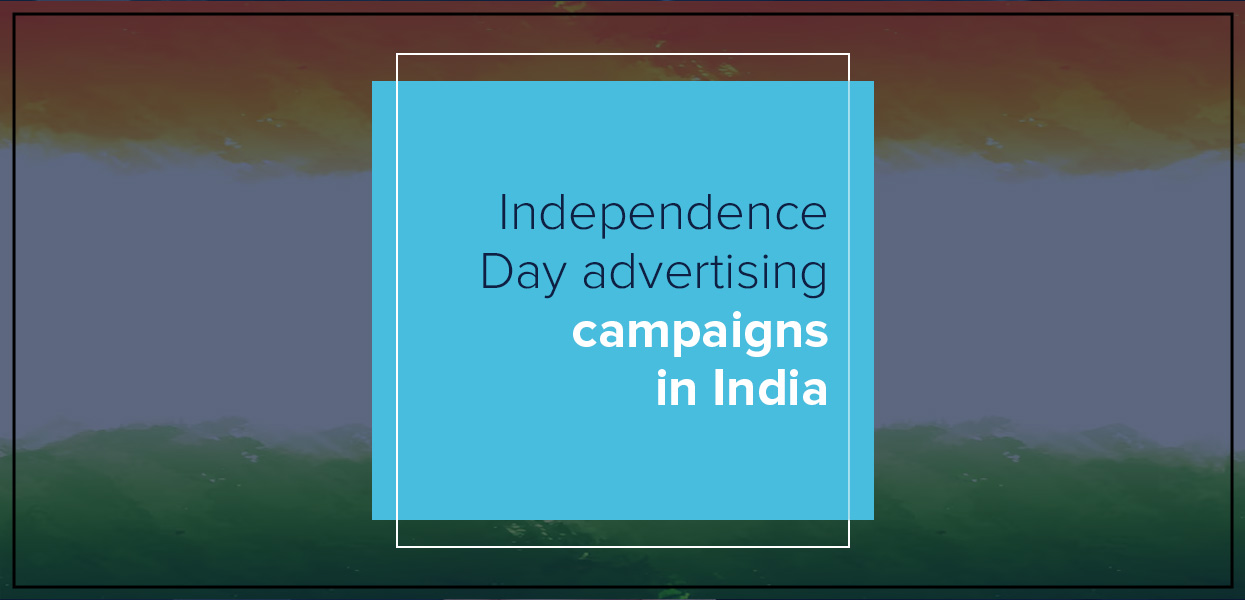Marketing Perspective: How Netflix Overcame All Competition?

Netflix's Market Strategy: How It Won Over All Competition
It's no secret Netflix is one of the biggest players in the OTT industry.
However, Netflix, a brand synonymous with streaming entertainment today, wasn’t always the giant it is now.
It started as a DVD rental service in 1997, competing with the powerhouse Blockbuster. Yet, in just over two decades, Netflix has not only outlasted its competitors but revolutionised the way the world consumes media.
How did Netflix achieve this?
The secret lies in its marketing, innovation, and ability to adapt to changing consumer behaviour.
This blog will explore how Netflix emerged victorious over its competition, focusing on how it dethroned Blockbuster and the strategic marketing decisions that fueled its success.
Netflix vs. Blockbuster
In the late 1990s, Blockbuster dominated the video rental market. With over 9,000 stores globally, it was the go-to place for movie lovers. Enter Netflix, a small company offering DVD rentals by mail.
Initially, Blockbuster didn’t see Netflix as a threat; after all, why would consumers wait for DVDs to arrive in the mail when they could drive to their nearest Blockbuster and pick up a movie that same night?
But this underestimation became Blockbuster’s downfall.
Netflix made a simple yet groundbreaking offer: no late fees. Customers could keep DVDs for as long as they wanted without worrying about the extra charges that Blockbuster was notorious for. This customer-first approach was just the beginning of Netflix’s marketing brilliance.
Key Marketing Moves That Changed the Game
Netflix's strategic marketing moves were pivotal in reshaping the industry landscape. By prioritising customer convenience and continuously innovating, Netflix set itself apart from competitors.
Here's a closer look at the key marketing strategies that propelled Netflix to the forefront of the streaming revolution.
1. Understanding Consumer Pain Points
One of Netflix's early wins was its understanding of the consumer pain points that Blockbuster ignored. Customers hated late fees. They disliked having to return movies at a certain time.
Netflix took note of these frustrations and built its business model around eliminating them. The company’s messaging made it clear that Netflix was about convenience and customer empowerment.
This was the first step toward differentiating the brand.
2. A Subscription-Based Model
Another marketing masterstroke was Netflix’s decision to move to a subscription-based model. For a flat monthly fee, customers could rent as many DVDs as they wanted. This predictability of cost appealed to consumers, who no longer had to worry about surcharges. It also ensured Netflix had a steady stream of revenue, unlike Blockbuster, which relied heavily on one-time rentals. This shift in business model gave Netflix a recurring customer base and allowed it to scale efficiently.
3. Early Adoption of Streaming
Perhaps the most significant move Netflix made was its pivot from DVDs to streaming. In 2007, Netflix launched its online streaming service, allowing subscribers to instantly watch movies and TV shows on demand. While Blockbuster remained focused on its brick-and-mortar stores, Netflix embraced the digital age.
This foresight turned Netflix into a pioneer of the streaming era.
Its marketing heavily pushed the ease and accessibility of streaming content at home, positioning Netflix as a tech-forward, future-ready brand. On the other hand, Blockbuster’s reluctance to evolve ultimately led to its collapse, proving that innovation is critical in a fast-changing market.
4. Original Content: A Game Changer
Netflix wasn’t just satisfied with streaming others’ content; it saw the potential in creating its own. In 2013, Netflix debuted its first original series, House of Cards. The show’s success marked Netflix’s transformation from a streaming service into a content producer.
With original programming, Netflix no longer had to depend on licensing deals. It became a content powerhouse, offering viewers exclusive shows and movies they couldn’t find anywhere else. From Stranger Things to The Crown, Netflix’s marketing campaigns revolved around the uniqueness of its content, which kept subscribers hooked. The idea of “binge-watching” became synonymous with Netflix, giving the brand a distinct identity that its competitors struggled to match.
5. Data-Driven Marketing
What truly set Netflix apart was its use of data.
From the beginning, Netflix utilised its platform to collect data on user preferences, viewing habits, and behaviours. This data wasn’t just used for improving the service but also for hyper-targeted marketing campaigns. Netflix personalised recommendations, ensuring users always found content that resonated with them.
Their algorithms suggested shows based on users' watch history, which made the platform feel incredibly personalised.
The impact?
Consumers felt understood, and that emotional connection drove loyalty.
6. Global Expansion
Netflix didn’t stop at conquering the U.S. market.
It quickly expanded its services globally, capitalising on the universal appeal of on-demand content. Netflix’s marketing adapted to regional preferences, producing and promoting original content in various languages to cater to different cultures.
From Bollywood films to current trending Korean dramas, Netflix ensured it wasn’t just an American brand but a global one. This diversification not only attracted a broad audience but also solidified Netflix’s position as the top choice for international viewers.
The Blockbuster Downfall: Failing to Adapt
While Netflix thrived on innovation and customer-centricity, Blockbuster crumbled due to its inability to evolve. Blockbuster had the chance to buy Netflix for a mere $50 million in 2000, but its leadership passed on the opportunity.
The company failed to recognize the growing potential of digital media and clung to its outdated business model. By the time Blockbuster launched its own streaming service, it was too little, too late.
The contrast between Netflix’s proactive approach and Blockbuster’s complacency serves as a powerful reminder for businesses.
The market evolves, and so must brands.
Marketing Takeaways from Netflix’s Success
1. Listen to Your Customers: Like Netflix, pay attention to what frustrates your customers and build your marketing around solving those issues.
2. Embrace Innovation: Whether it's technology or a shift in consumer behaviour, brands need to stay ahead of the curve. Netflix’s early adoption of streaming ensured it stayed relevant.
3. Data is Your Friend: The better you know your customers, the better you can serve them. Personalization, fueled by data, can be a game-changer for your marketing strategy.
4. Adapt or Die: Blockbuster’s refusal to evolve is a classic example of why businesses need to be agile. Don't wait until it's too late to pivot.
Uniworld Studios: Helping Businesses Succeed in the Digital Age
Just like Netflix, your business can rise above the competition by adopting the right marketing strategies.
If there’s one thing Netflix’s story teaches us, it’s that the right marketing decisions can change the game.
At Uniworld Studios, we specialise in crafting personalised, data-driven marketing strategies tailored to your business. Whether you’re looking to build your brand’s digital presence, create original content, or expand globally, we’ve got you covered.
As a full-service digital marketing agency, we understand that no two businesses are the same. That's why we take a customised approach to meeting your unique goals.
Let us help you become the Netflix of your industry.
Categories
- Digital Marketing
- Website Development
- Graphic Design
- Content Writing
Latest Posts
-
- Essential Marketing & Advertising Keywords 2025



